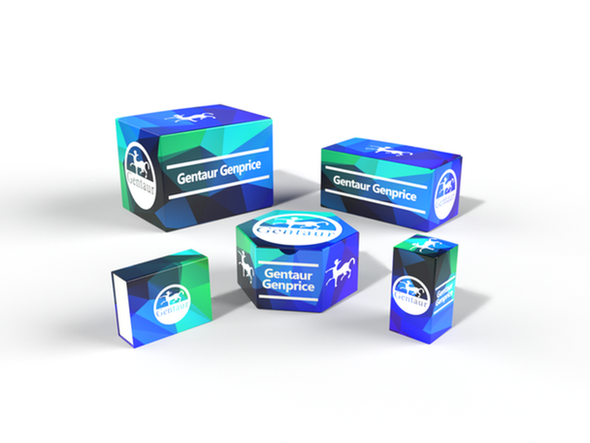740
Human NKG2D ligand 4 (RAET1E) ELISA Kit | AE24493HU
- SKU:
- 740-AE24493HU
- Availability:
- Usually ships in 5 working days
Description
Human NKG2D ligand 4 (RAET1E) ELISA Kit | AE24493HU | Gentaur UK, US & Europe Distribution
Species Reactivity: Human (Homo sapiens)
Abbreviation: RAET1E
Alternative Name: LETAL; MGC125308; MGC125309; RAET1E2; ULBP4; bA350J20.7; lymphocyte effector toxicity activation ligand
Application: ELISA
Range: 1.56-100 ng/mL
Sensitivity: 0.39 ng/mL
Intra-Assay: ≤7.1%
Inter-Assay: ≤9.5%
Recovery: 1, 01
Sample Type: Serum, Plasma, Other biological fluids
Detection Method: Sandwich
Analysis Method : Quantitive
Test Principale: This assay employs a two-site sandwich ELISA to quantitate RAET1E in samples. An antibody specific for RAET1E has been pre-coated onto a microplate. Standards and samples are pipetted into the wells and anyRAET1E present is bound by the immobilized antibody. After removing any unbound substances, a biotin-conjugated antibody specific for RAET1E is added to the wells. After washing, Streptavidin conjugated Horseradish Peroxidase (HRP) is added to the wells. Following a wash to remove any unbound avidin-enzyme reagent, a substrate solution is added to the wells and color develops in proportion to the amount of RAET1E bound in the initial step. The color development is stopped and the intensity of the color is measured.
Product Overview: Members of the RAET1 family, such as RAET1E, are major histocompatibility complex (MHC) class I-related genes located within a 180-kb cluster on chromosome 6q24.2-q25.3. RAET1 proteins contain MHC class I-like alpha-1 and alpha-2 domains. RAET1E and RAET1G differ from the other RAET1 proteins in that they have type I membrane-spanning sequences at their C termini rather than glycosylphosphatidylinositol anchor sequences. The deduced 263-amino acid protein contains alpha-1 and alpha-2 domains, a transmembrane domain, and a short cytoplasmic tail. Real-time RT-PCR detected highest expression in skin, with much lower expression in trachea and trace levels in other tissues.
Stability: The stability of ELISA kit is determined by the loss rate of activity. The loss rate of this kit is less than 5% within the expiration date under appropriate storage condition. The loss rate was determined by accelerated thermal degradation test. Keep the kit at 37°C for 4 and 7 days, and compare O.D.values of the kit kept at 37°C with that of at recommended temperature. (referring from China Biological Products Standard, which was calculated by the Arrhenius equation. For ELISA kit, 4 days storage at 37°C can be considered as 6 months at 2 - 8°C, which means 7 days at 37°C equaling 12 months at 2 - 8°C) .






